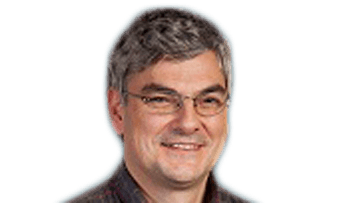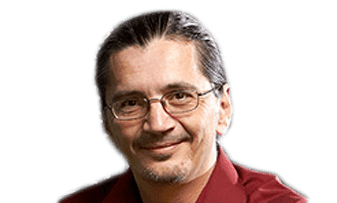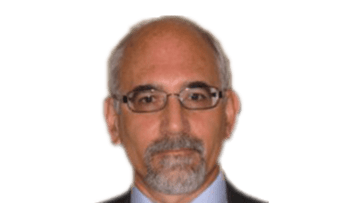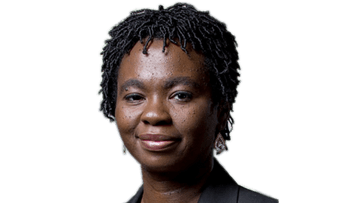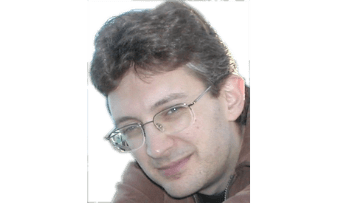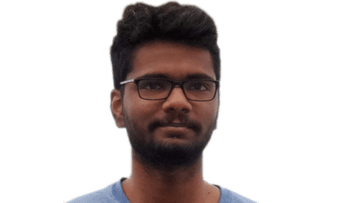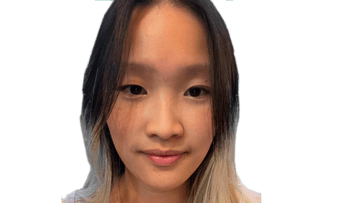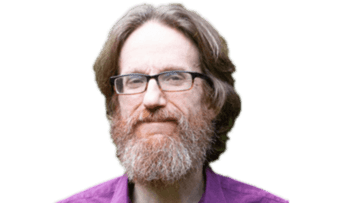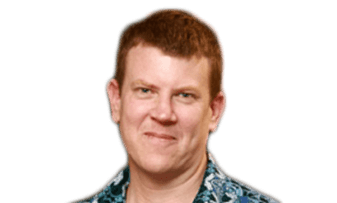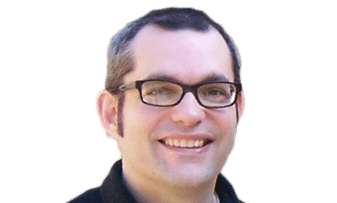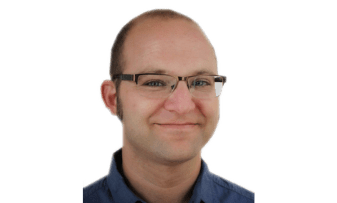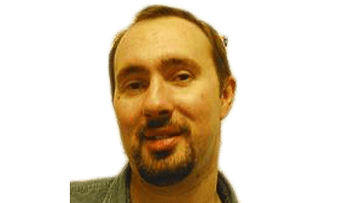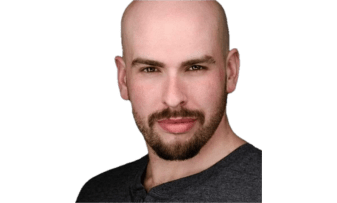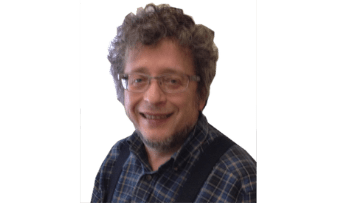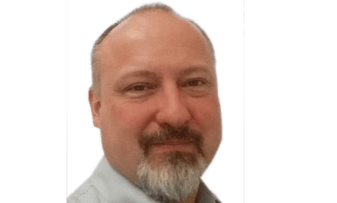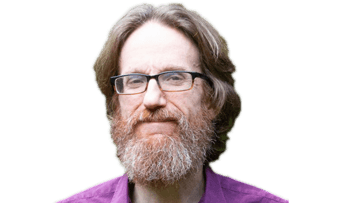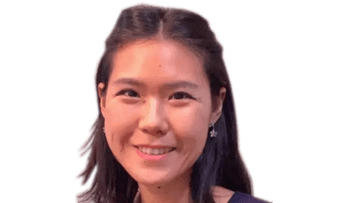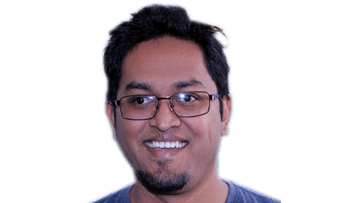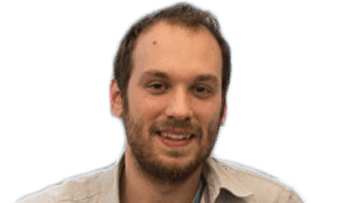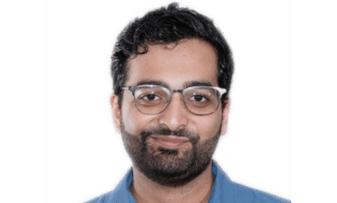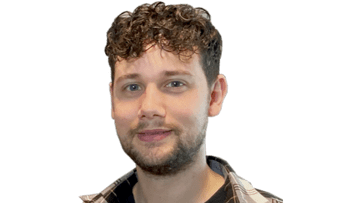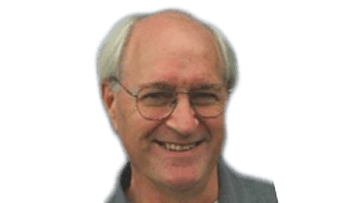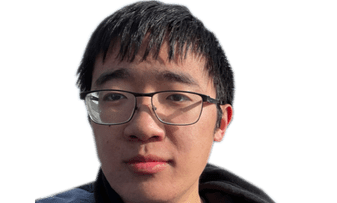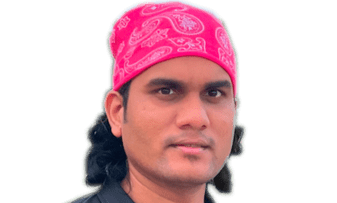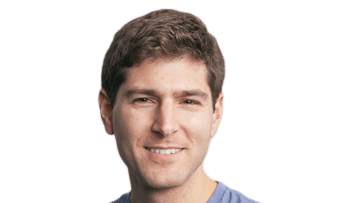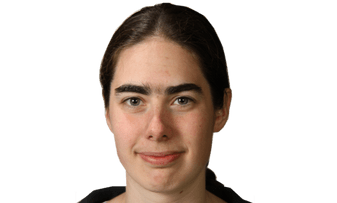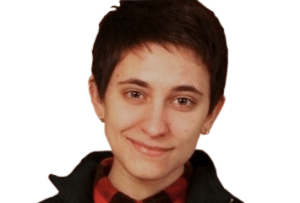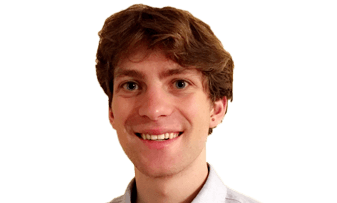Overview
The long-term goal of the Center for Reproducible Biomedical Modeling is to achieve comprehensive predictive models of biological systems, such as whole-cell models, that can guide precision medicine and synthetic biology. One promising way to build comprehensive models is to combine models of individual biological processes. This requires understandable, reproducible, reusable, and composable models of individual biological processes.
Unfortunately, few existing models are reproducible, reusable, or composable. For example, many reported models are not published, many reported simulation results are not reproducible, and few models are annotated.
Recently, researchers have developed several standard representations such as SBML and SED-ML to make models reusable and make simulation results reproducible. However, it is still difficult to understand, reproduce, and combine models because we lack tools for recording the data sources and assumptions used to build models, we lack tools for annotating the meanings of variables and equations, and we lack a universal simulator.
Toward our long-term goal of comprehensive models, the center is making models understandable, reproducible, reusable, and composable by (1) developing these missing model building, annotation, and simulation tools and (2) combining these and other existing tools into a user-friendly reproducible modeling workflow. Ultimately, we believe this workflow will help modelers create comprehensive models that can guide medicine and bioengineering.
We are striving to build broadly-applicable domain-independent tools. To ensure the center’s tools advance modeling, we will begin by testing on tools on systems biology modeling in conjunction with several motivating projects that span a wide range of modeling methods and applications.
To further advance the understandability, reproducibility, and reusability of biomedical modeling, the center is also (1) promoting the importance of reproducible modeling by organizing meetings and publishing perspectives; (2) training researchers to conduct modeling reproducibly by organizing workshops and publishing tutorials; and (3) helping researchers and journals build, annotate, simulate, analyze, and verify models.
We anticipate that this unique center will accelerate the development of comprehensive predictive models by enhancing the understandability, reusability, and reproducibility of biomedical modeling.


